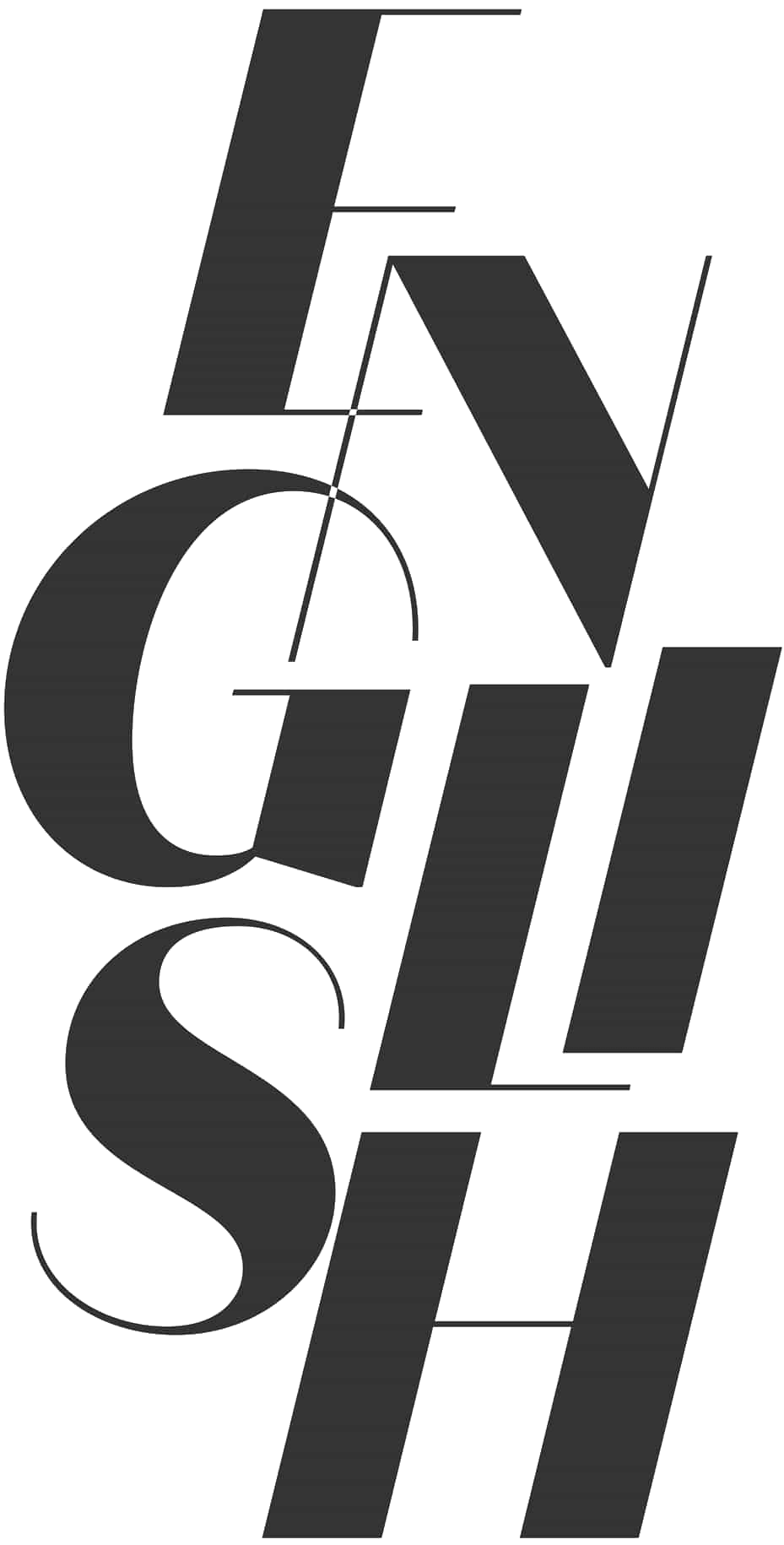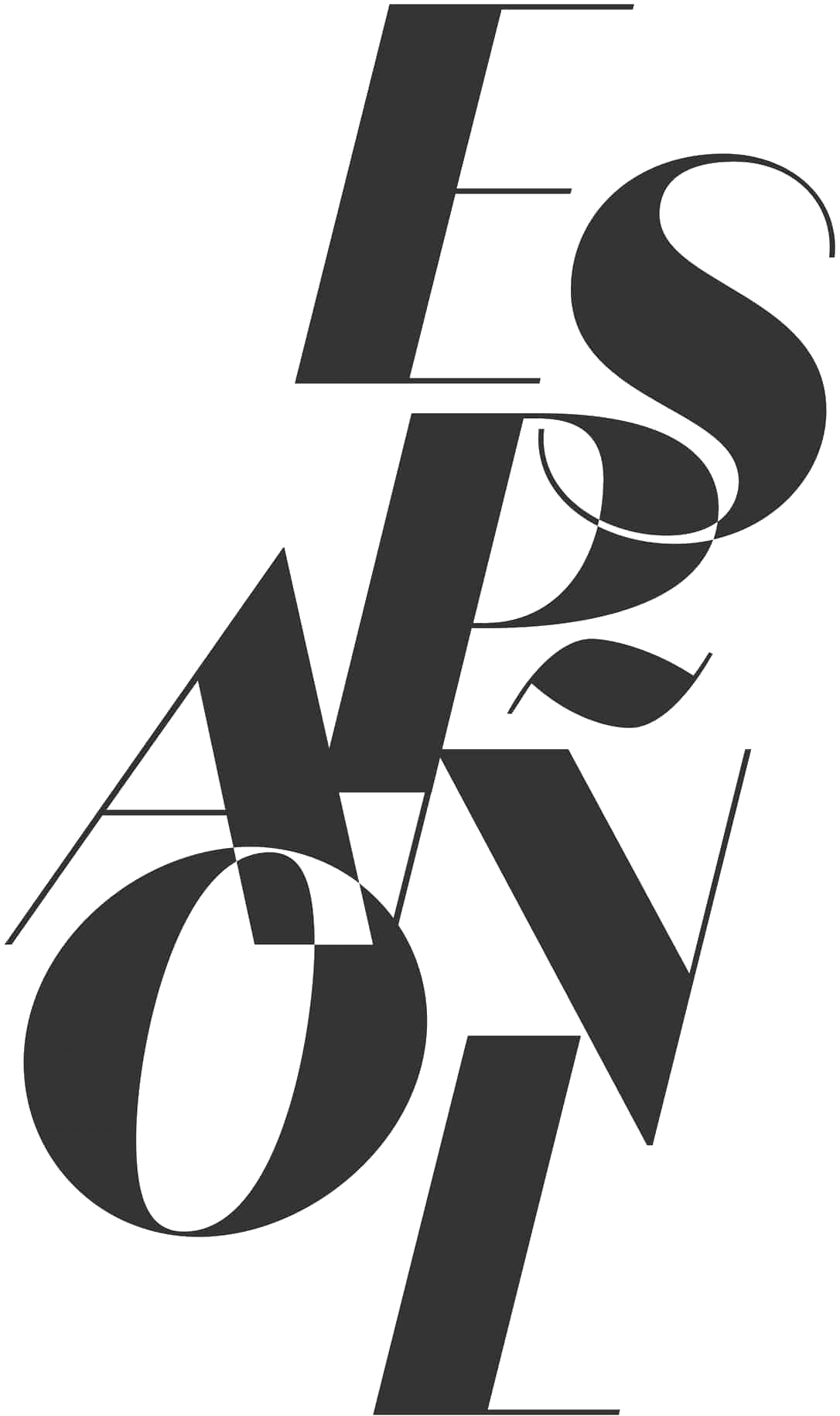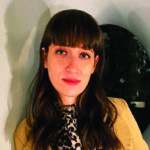
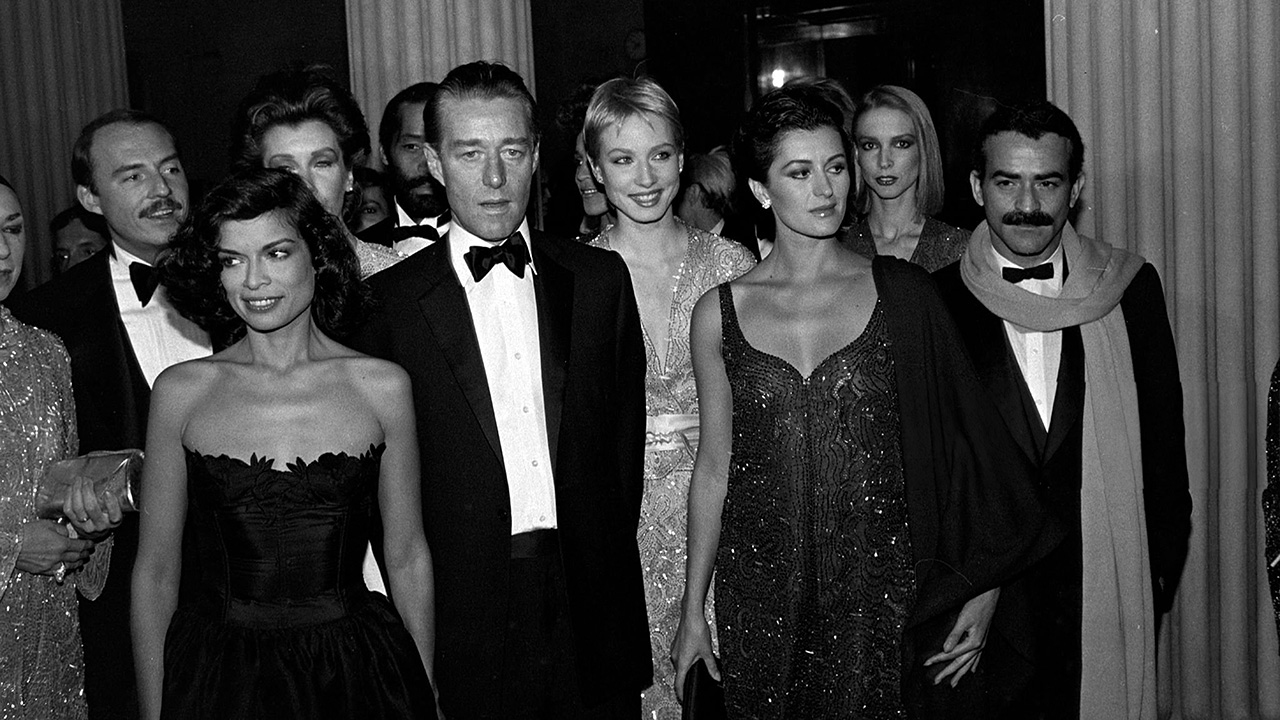
Brothers Mauricio and Roger Padilha, co-authors of a culty series of Rizzoli monographs chronicling the work of Antonio Lopez, Stephen Sprouse, and other colorful New York characters, trace their love of all things downtown to studying the boldface names on the party pages in W magazine as Long Island teens in the 1980s. “This one time when I was 16, I told our parents I wanted to go to the Palladium to meet Dianne Brill,” Mauricio recalls. “They said, ‘You can go, but you have to bring your 13-year-old brother so you guys can keep an eye on each other.’” This was in the days before clubs bothered to card, so off the boys went on the LIRR, inaugurating a series of extracurricular nightlife adventures where they met many of their glossy heroes. The Padilhas’ latest effort, Dustin Pittman: New York After Dark, adds to their demimonde pantheon the very nightlife photographer who shot the party pictures that first captured their imagination.
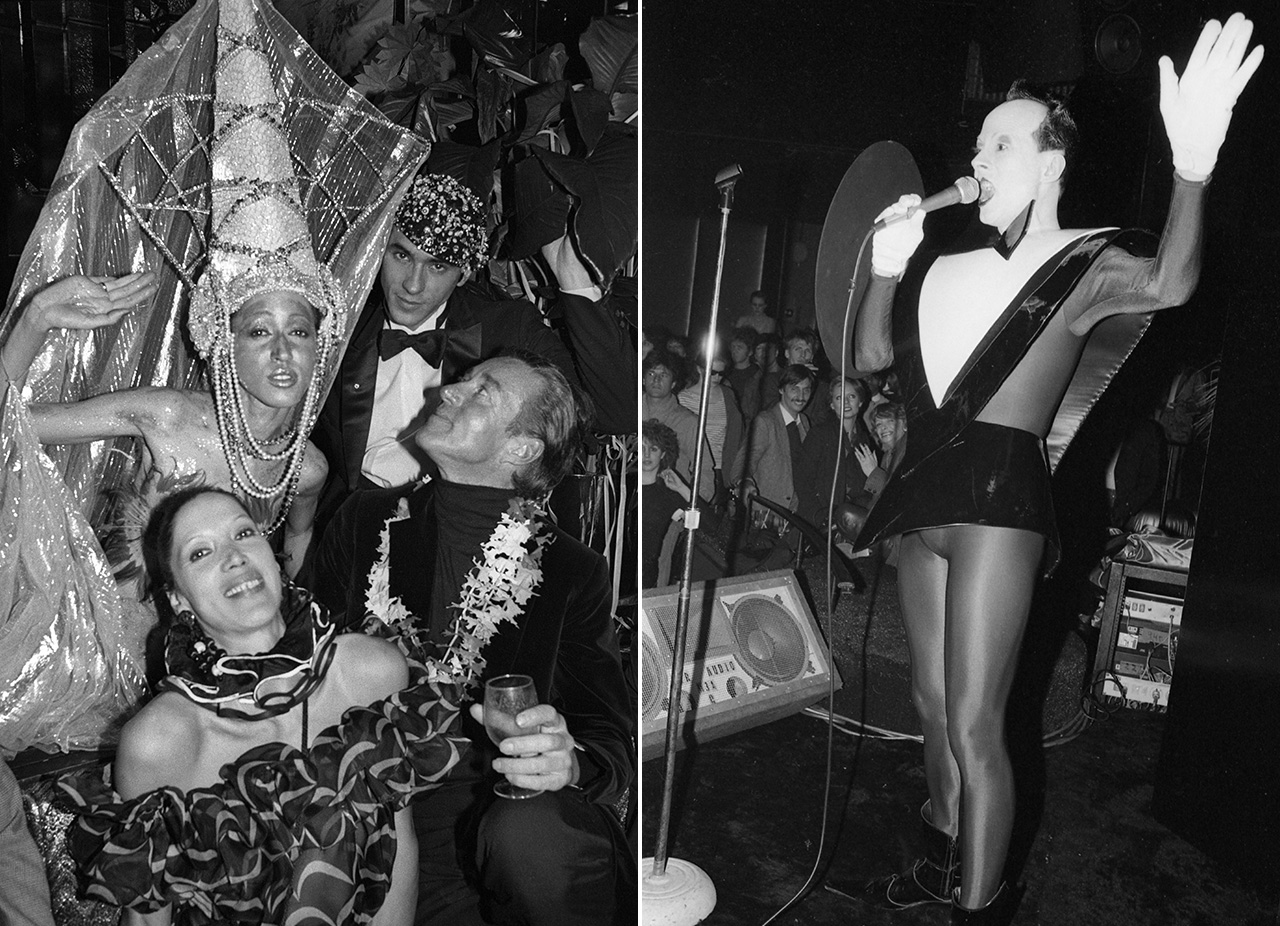
They worked with Pittman to catalog close to 300 of his archival images spanning the years 1969 to 1983, many previously unpublished, including photos of Andy Warhol, Halston, Bianca Jagger, Lou Reed, Madonna, and assorted anonymous partygoers. “Dustin is compulsive about photographing, but he’s not one for archiving and labeling,” says Roger. “He literally just photographs, throws the film in a box, and then goes out again. He takes thousands of photos every night, and he shoots every night of the week still to this day.” The book is a veritable time capsule of a still-gritty Gotham where the uptown vibe of Regine’s—a society disco that required tuxedos and evening gowns for entry—and the punk sensibility of the downtown rock club Max’s Kansas City met on the dance floor at Studio 54.
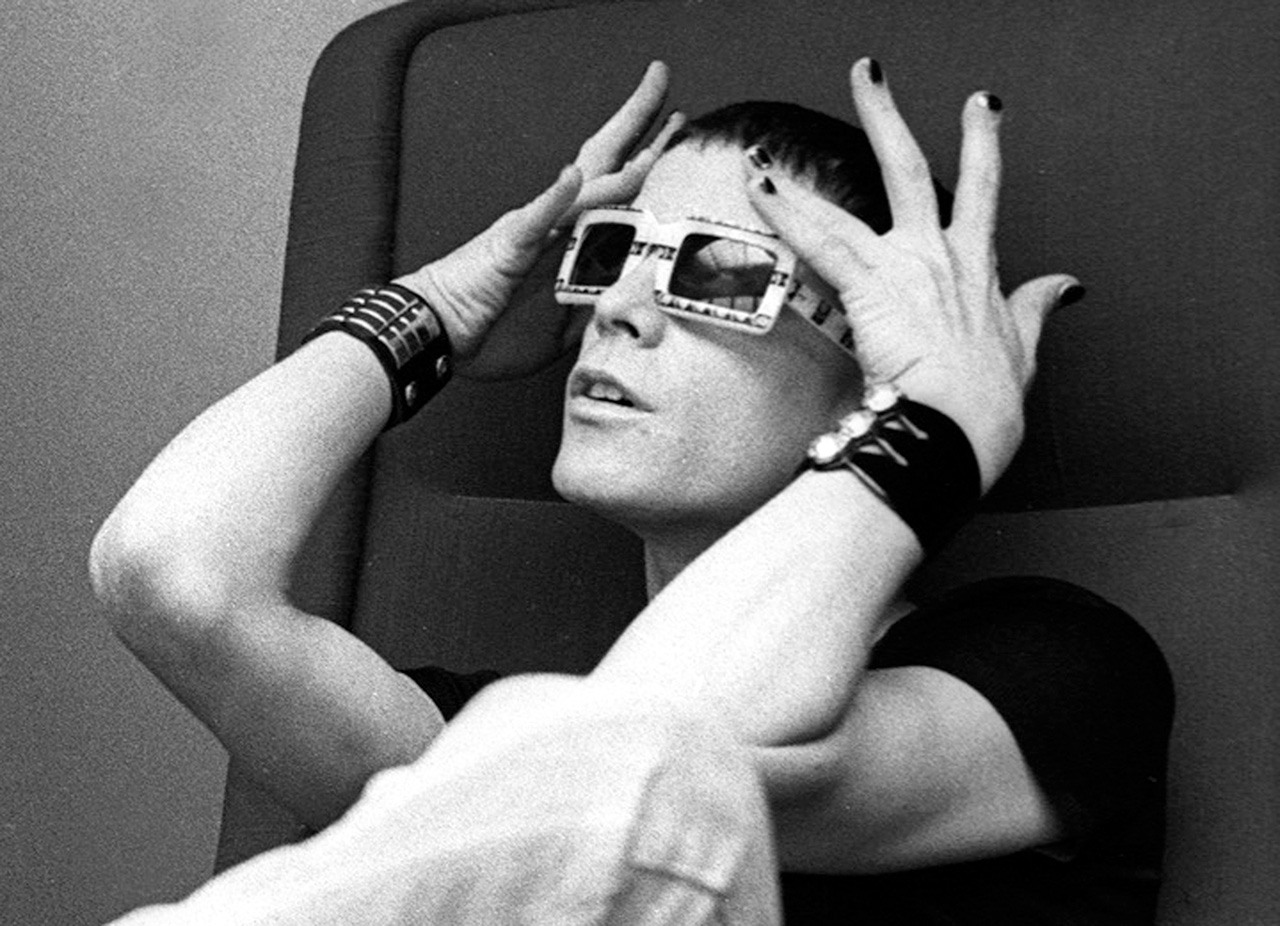
Pittman grew up far from this heady orbit on a farm in the Adirondacks, and his success is due to a combination of grit and a series of fortuitous encounters with the glitterati. He discovered the art of photography aged seven at the Treasure Island newsstand at the local mall. “I said, ‘Mom, I know you’re going to be about three hours so let me stay here and look at magazines,’’’ Pittman recalls. A Boys Club of America photography course taught him the basic principles of composition. “I would photograph my cows and just keep on practicing,” he says. Pittman got his first taste of city life when as a teen in the 1960s he took the Greyhound Bus down to New York to attend Bob Dylan and Jimi Hendrix gigs with his older brother who was living in the Village. But it was a chance meeting with Liza Minnelli when he was hired as a local production assistant for the 1969 film The Sterile Cuckoo shot near his home in Hamilton County that clinched the idea of making it in the city that doesn’t sleep. “Liza said I should come to New York and go to art school,” Pittman says.
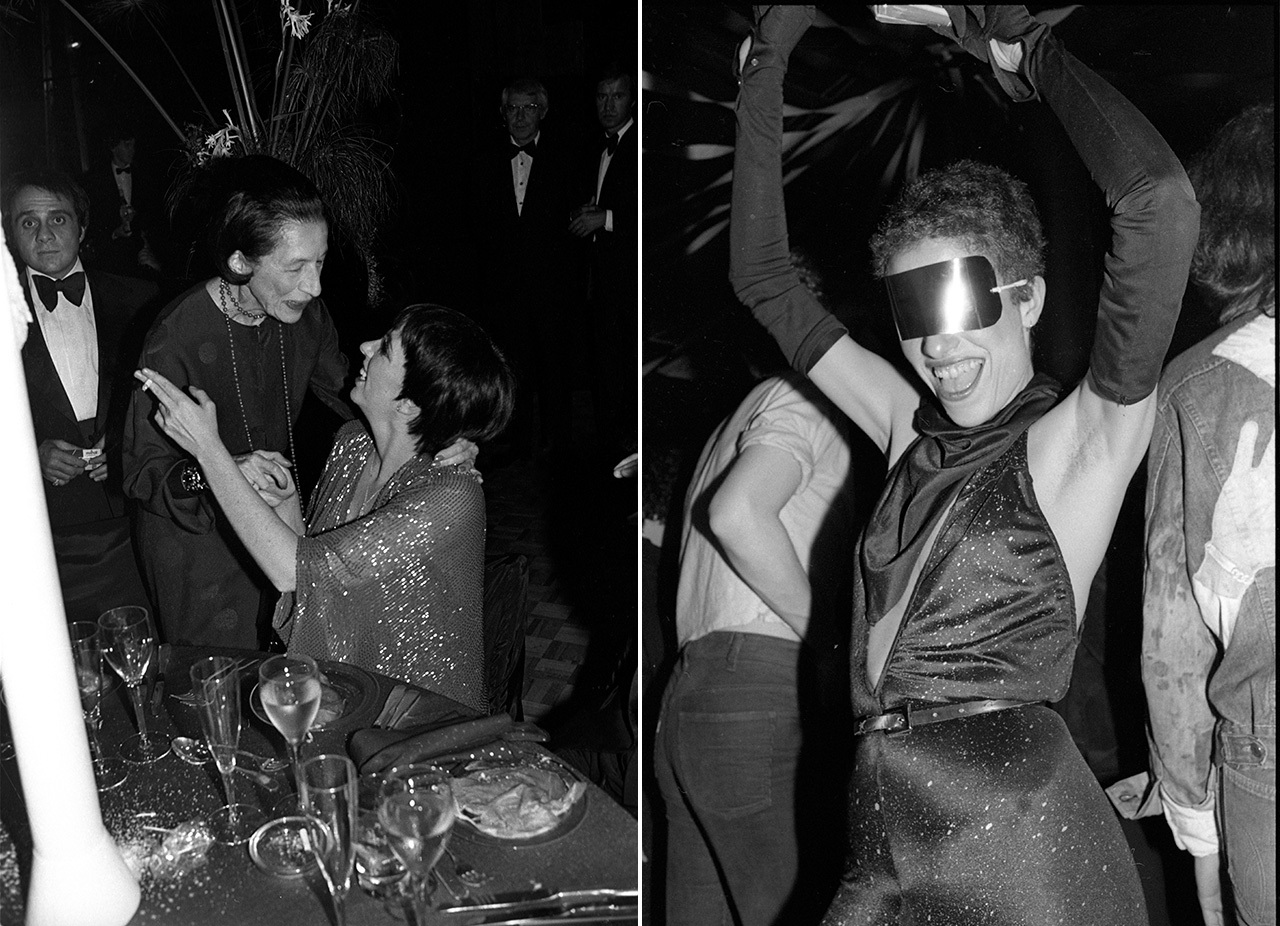
He enrolled at School of Visual Arts after attending Woodstock, trading the barnyard for Bethesda Fountain where he took to shooting Super Eight films of the artists and activists—including a few Warhol superstars—who congregated in Central Park on Sundays. “Ingrid Superstar said that she wanted me to meet somebody,” Pittman says. “She took me down to The Factory and introduced me to Andy.” Pittman’s credits his time at 33 Union Square West with helping nurture his cinema verité–like photographic style. There’s an uncommon intimacy to Pittman’s celebrity photos, thanks to his being friends with many of his subjects. Ask for the story behind, say, a picture of Divine sporting a magnificent pouf hairstyle at Karl Lagerfeld’s Versailles-themed Studio 54 party, and he’ll tell you how they were once neighbors and he’d see the drag icon taking out the garbage in house slippers.
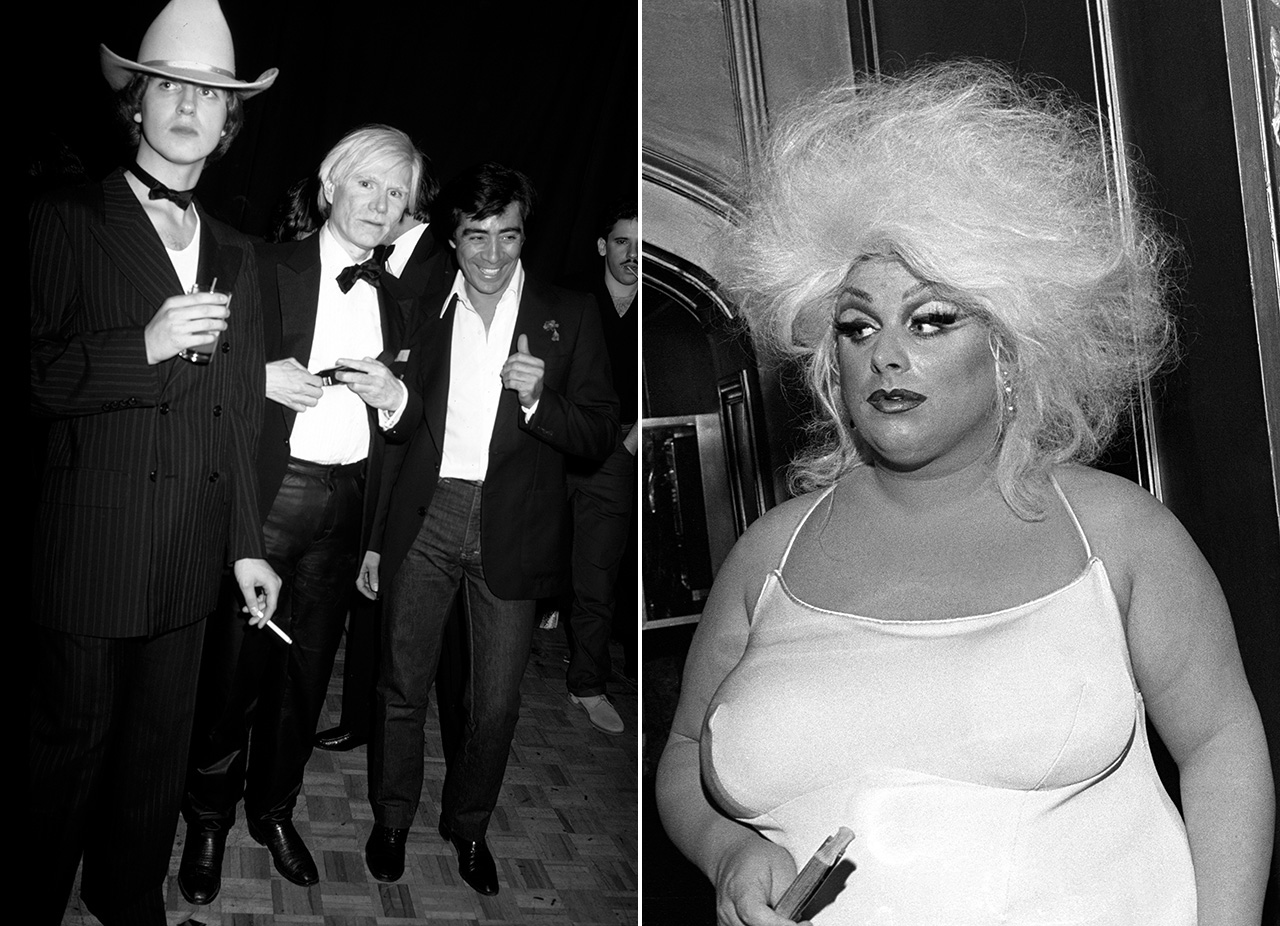
During this period, Pittman found cheap accommodation in Alphabet City where he stayed for years. “I paid $12.50 a month for a railroad apartment with a pull chain toilet and a bathtub in the kitchen that I used as a table on 14th Street between Avenues C and D,” he says. “It gave me the freedom to go out and pursue my artistic dreams and passions because of the low overhead.” As for how Pittman came to specialize in nightlife photography, he insists that he’s never thought of it as such. “Day for night, night for day—it was all like one,” he says. “I always had my camera with me.” A typical 24-hour period might start with late afternoon brunch at Max’s Kansas City (owner Mickey Ruskin would put out chicken wings and chickpeas for the regulars), followed by a Velvet Underground gig; shooting vignettes in the back room with Andrea Whips, Eric Emerson, and other friends from the Factory crew; then ending up at someone’s loft in the wee hours for an impromptu jam session.
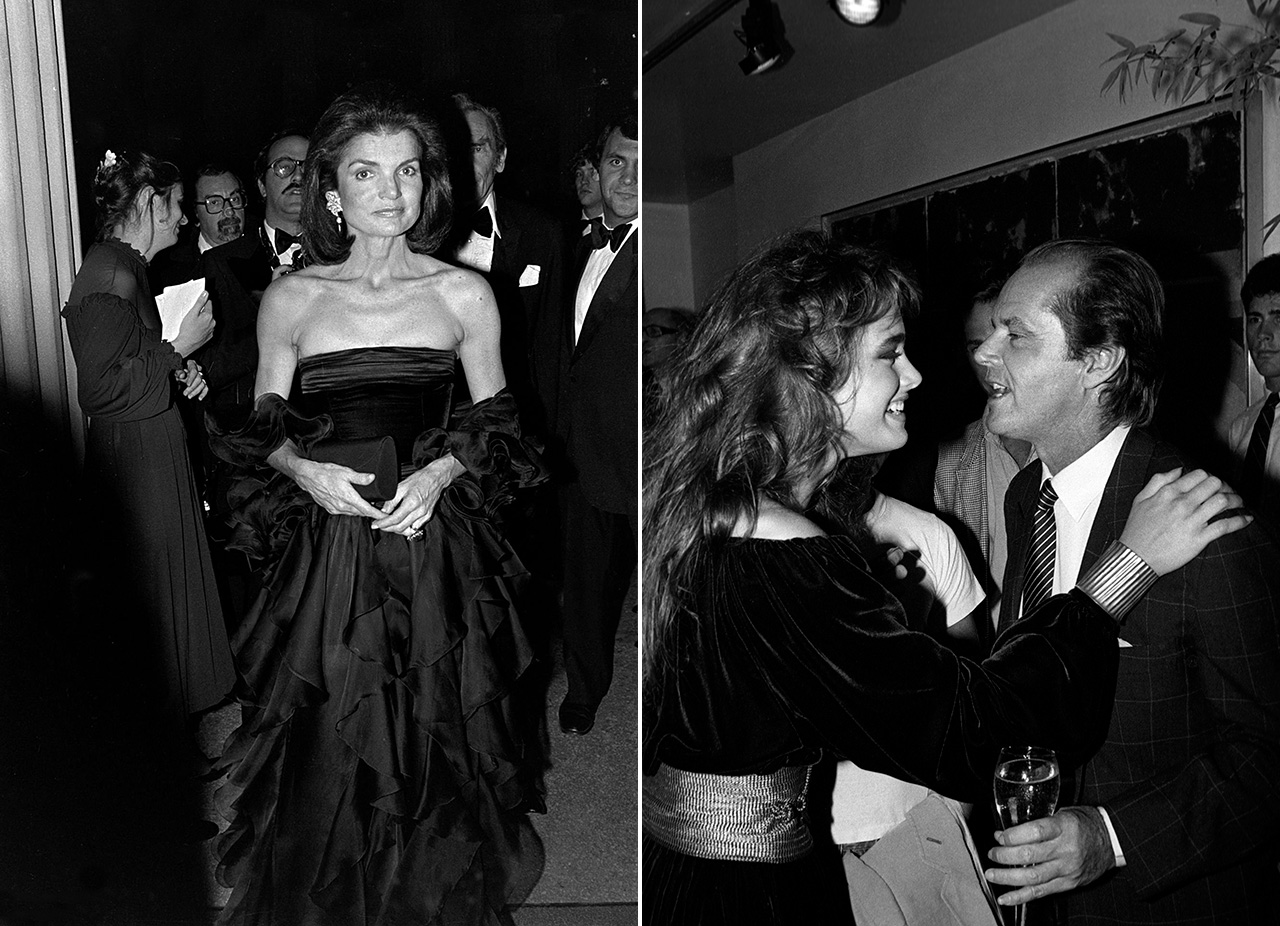
As the decade went on and Pittman’s reputation grew, he was given swishier assignments like covering the Met Gala, and he continued to befriend everyone he encountered from Vogue’s imperious editor Diana Vreeland to swans C.Z. Guest, Nan Kempner, and Pat Buckley. “When I photographed Jackie O., she didn’t treat me as a paparazzi,” Pittman says. “We’d be in the Temple of Dendur, and she would sit down with me at one of the tables and have a conversation.”
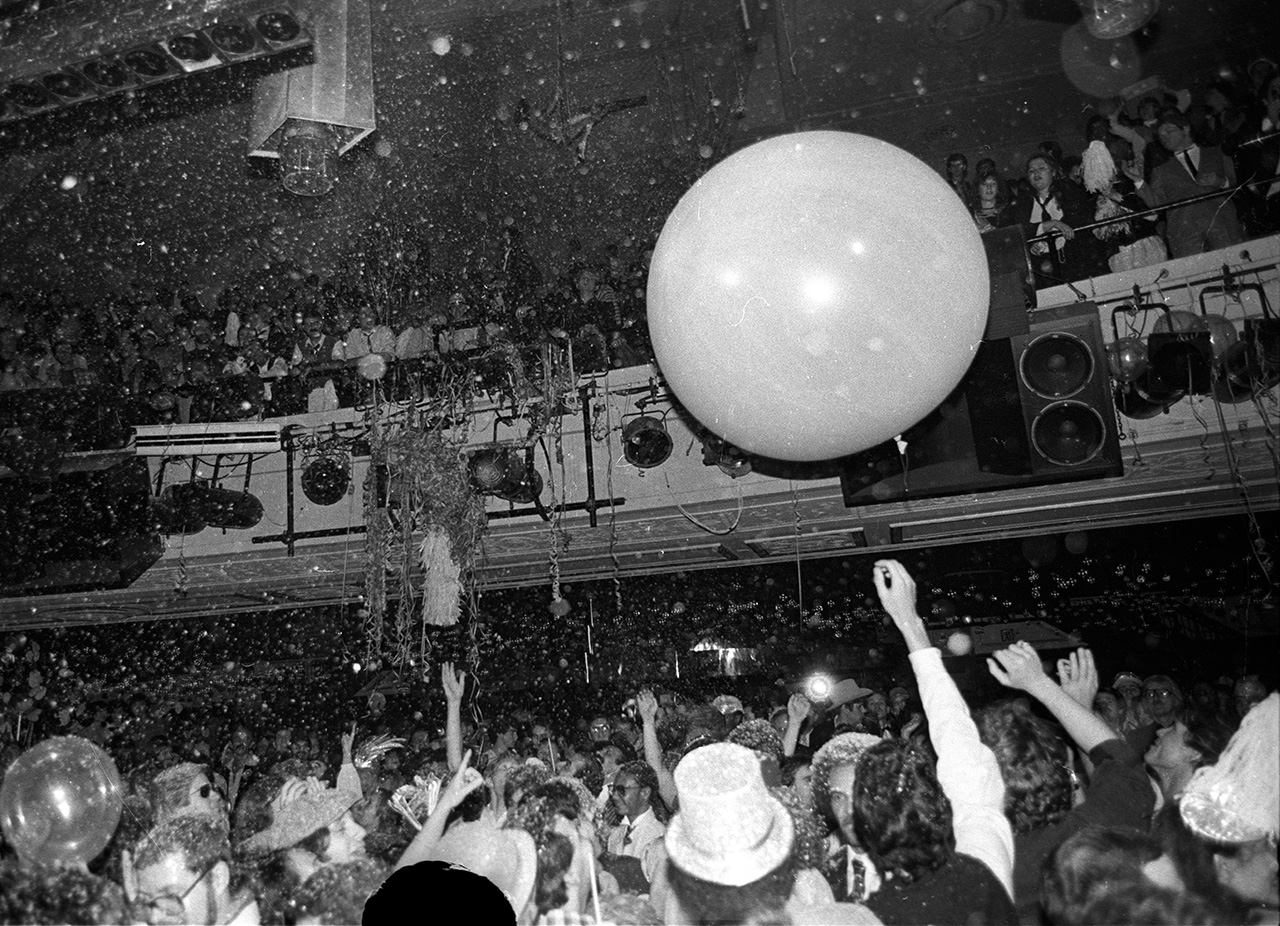
Volumes have been written about the legendary Studio 54, but Pittman says what made it so great was its democratic sensibility. “At Studio 54 it didn’t matter if you were from Beverly Hills or Bensonhurst, they let all kinds of people in,” he says. “It was the first club where you could be from anywhere and dance with Diana Ross or Liz Taylor.” Among his favorite photos is a wide-angle shot of New Year’s Eve revelers on the dance floor captured at the stroke of midnight. “It was like being in Oz, except I didn’t want to go home to Kansas,” he says.

